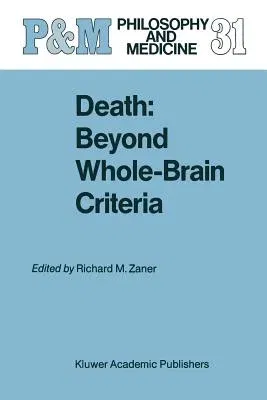Death: Beyond Whole-Brain Criteria (Softcover Reprint of the Original 1st 1988)Paperback - Softcover Reprint of the Original 1st 1988, 26 September 2011

Qty
1
Turbo
Ships in 2 - 3 days
In Stock
Free Delivery
Cash on Delivery
15 Days
Free Returns
Secure Checkout
Part of Series
Philosophy and Medicine
Print Length
278 pages
Language
English
Publisher
Springer
Date Published
26 Sep 2011
ISBN-10
9401077207
ISBN-13
9789401077200
Description
Product Details
Book Edition:
Softcover Reprint of the Original 1st 1988
Book Format:
Paperback
Country of Origin:
NL
Date Published:
26 September 2011
Dimensions:
23.39 x
15.6 x
1.55 cm
ISBN-10:
9401077207
ISBN-13:
9789401077200
Language:
English
Location:
Dordrecht
Pages:
278
Publisher:
Series:
Weight:
412.77 gm

